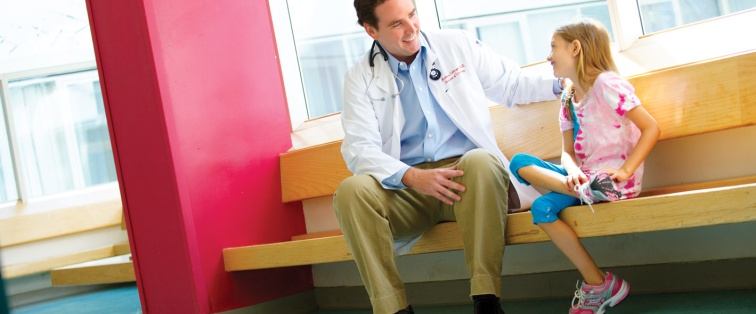Using Electronic Health Records to Generate New Knowledge and Improve Care

This blog is adapted from a recently published Special Article in Pediatrics written by PolicyLab researcher, Alex Fiks, MD, MSCE.
The pediatric population faces many unique challenges when it comes to health care in the United States. One such challenge relates to pharmaceutical prescribing to children. An estimated 75% to 80% of pharmaceuticals do not have sufficient labeling for dosing, safety, or efficacy in children. Researchers from around the country have come together in an attempt to solve problems such as this by using electronic health records (EHRs) to conduct comparative effectiveness research (CER) in hopes of improving care.
The American Academy of Pediatrics Pediatric Research in Office Settings (PROS) Network has brought together EHR networks from across the country, including independent practices and health systems, to work together to use EHR data to conduct CER. The Comparative Effectiveness Research Through Collaborative Electronic Reporting (CER2) Consortium was specifically created to develop a pediatric “learning health care system” infrastructure that would use routinely collected clinical data from EHRs to perform CER on a “racially, ethnically, and economically diverse group of >1.2 million children seen in urban, suburban, and rural practices and clinics by pediatricians, family physicians, nurse practitioners, and physician assistants.”
The goal of CER2 is to engage researchers from around the country to examine issues such as pediatric medication use, safety, and effectiveness, as well as other child health topics, including preventive care, treatment of acute conditions, and chronic disease management. Ultimately, by using CER, researchers will be able to evaluate various health care interventions to see what’s working, what’s not, and what else needs to be done to improve care for children.

